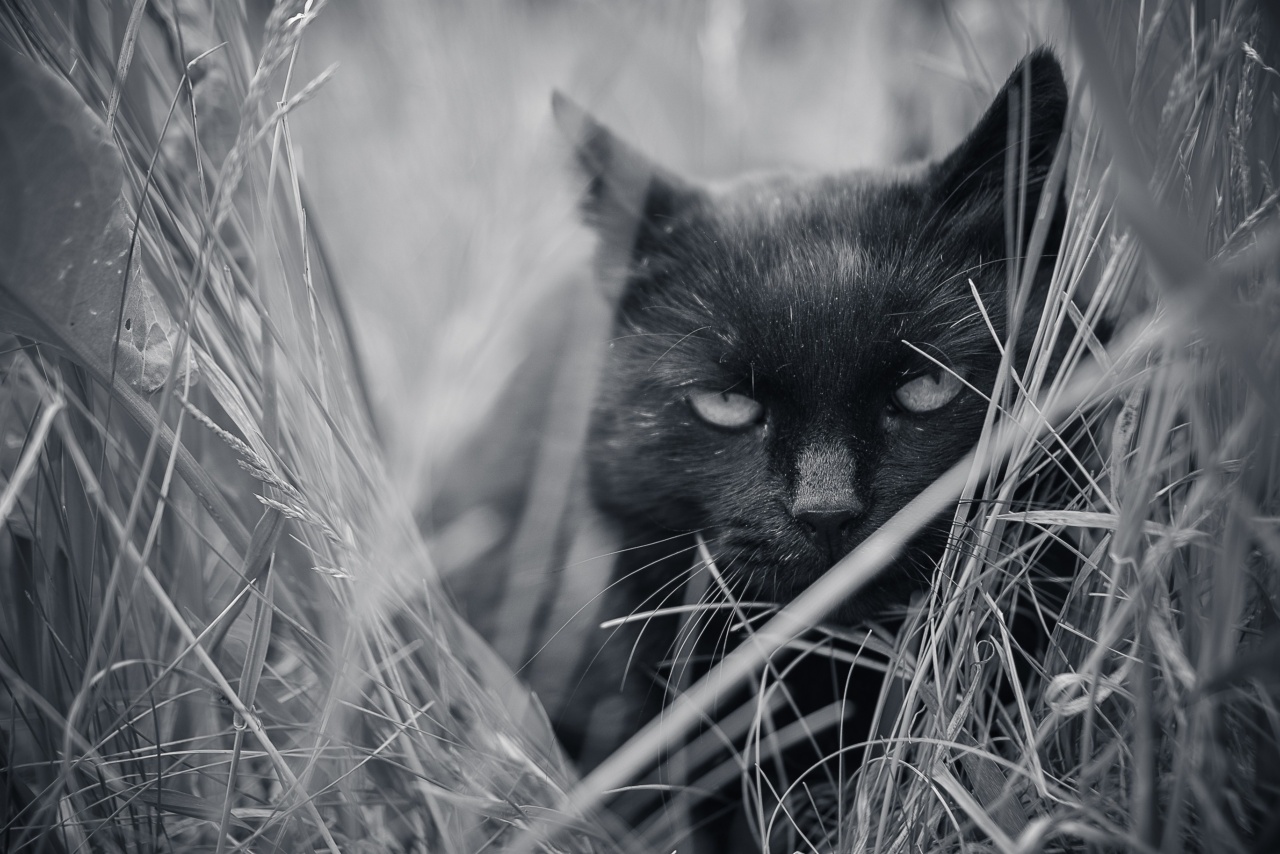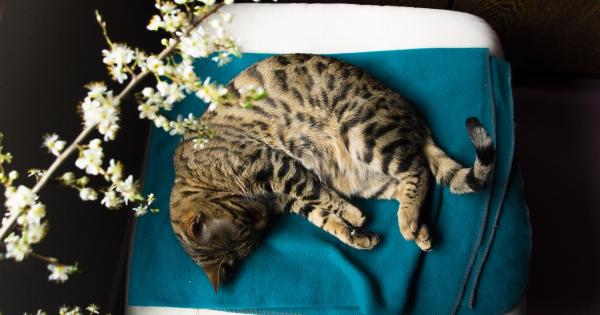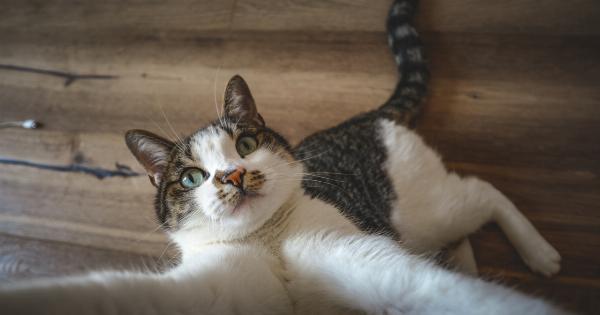Toxoplasma gondii is a parasite that is widely prevalent in humans and animals. It is potentially harmful, especially to immunocompromised individuals such as people with HIV/AIDS and pregnant women.
Cats are the definitive host of the parasite, meaning that they are the primary source of the Toxoplasma gondii infectious oocysts. The aim of this article is to unravel the impact of cat behavior on the parasite and how that impacts human health.
The Life Cycle of Toxoplasma gondii
To understand the impact of cat behavior on Toxoplasma gondii, it is important to understand the lifecycle of the parasite. Toxoplasma has two different life stages:.
- Sexual stages (in the definitive host, the domestic cat)
- Asexual stages (in intermediate hosts, such as rodents or humans)
The lifecycle of Toxoplasma gondii starts when a cat ingests raw meat that may be contaminated with infectious oocysts from another infected cat’s feces. Once the oocysts reach the cat’s intestines, they become active and begin to multiply.
Once fully matured, the oocysts are excreted in the cat’s feces, ready to infect a new host.
When an intermediate host, such as a rodent, ingests contaminated soil, water, or food, the oocysts activate in the intestine of the intermediate host.
The parasite then migrates from the intestine to muscles, brain, and other organs, where it forms cysts. Humans become infected with Toxoplasma gondii when they eat undercooked or raw meat or consume contaminated water or vegetables that contain the parasite.
The Relationship between Cats and Toxoplasmosis
Cats are the definitive host for Toxoplasma gondii which means that the parasite can only multiply and reproduce in a cat’s intestine.
Research has shown that domestic cats, particularly those that are allowed to hunt and consume raw meat, are the most significant source of Toxoplasma infections in humans.
However, not every cat that is infected with Toxoplasma sheds the oocysts in its feces. Studies show that only around 1% of healthy cats can actively shed the oocysts.
This number can increase in cases of stressed cats or cats with chronic infections, meaning that they are more likely to shed the oocysts in their feces, which increases the risk of human infection.
The Impact of Hunting Behavior on Toxoplasma in Cats
The hunting behavior of cats has a significant impact on both the cat’s infection rate and the risk of human infection. Studies show that cats that hunt regularly are five times more likely to be infected with Toxoplasma than indoor-only cats.
When a cat hunts, it is exposed to many pathogens, including Toxoplasma, which increases the risk of infection. Hunting behavior also impacts the oocyst shedding in cats.
Studies have shown that cats who hunt frequently are also more likely to shed more oocysts in their feces.
Impact of Litter Box Hygiene on Toxoplasmosis in Cats
Proper litter box hygiene is essential to prevent the transmission of Toxoplasma gondii from cats to humans. Cat feces can be infected with oocysts, which can remain infectious in the environment for up to a year.
Cats that live indoors and use a clean litter box are less likely to be infected with Toxoplasma and less likely to shed the oocysts in their feces.
Cleaning the litter box daily and washing hands thoroughly after handling it can significantly reduce the risk of human infection.
Toxoplasmosis and Pregnancy
One of the most critical issues with Toxoplasma gondii is its potential impact on pregnant women and their fetuses.
If a woman becomes infected with Toxoplasma while pregnant, it can cause severe harm to the fetus, leading to miscarriage, stillbirth, or congenital disabilities.
Pregnant women are at a higher risk of acquiring Toxoplasma infections because of reduced immunity during pregnancy.
Therefore, it is essential to take necessary precautions, such as avoiding cat feces, wearing gloves while handling litter boxes, and avoiding undercooked meat. Women with cats should also pay more attention to their cat’s litter box hygiene and avoid feeding raw meat to their cats.
Preventing Toxoplasmosis
Preventing Toxoplasma gondii infection is crucial for everyone’s health, especially for pregnant women and immunocompromised individuals. Here are some steps for preventing Toxoplasmosis infection:.
- Wash hands thoroughly with soap and water before eating and after handling soil, cat litter, or raw meat.
- Avoid consuming undercooked or raw meat, such as meat, poultry, and fish.
- Wear gloves while handling soil, cat litter box, or gardening equipment.
- Cook meat to a minimum internal temperature of 160°F (71°C) to kill the parasite.
- Avoid feeding your cat raw meat.
- Clean litter boxes daily with hot water and soap, and avoid using the same litter box as your cat.
Conclusion
Toxoplasma gondii is a common parasite that is potentially harmful to humans, especially to pregnant women and immunocompromised individuals. Cats are the definitive host for the parasite and play a crucial role in transmitting the parasite to humans.
Cat owners should pay attention to their cat’s behavior, especially around hunting and litter box hygiene, as these behaviors impact the risk of Toxoplasma infection.
Taking steps to prevent Toxoplasma gondii infections, such as washing hands, avoiding undercooked meat, and proper litter box hygiene, can greatly reduce the risk of infection and prevent serious health issues.






























